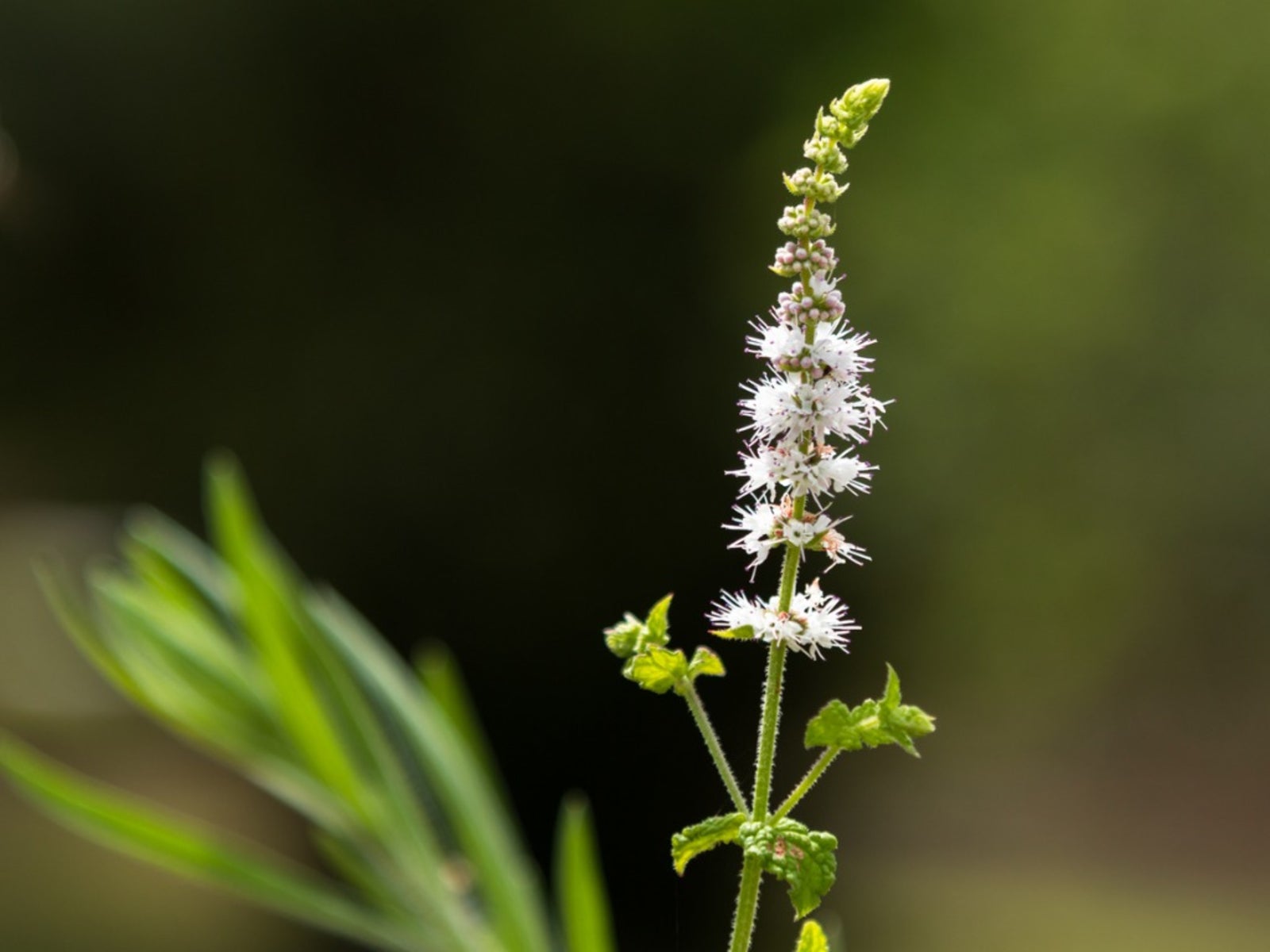Information About Black Cohosh Plant Care And Uses

You've probably heard about black cohosh with respect to women's health. This interesting herb plant has much to offer for those wishing to grow it. Keep reading for more information on black cohosh plant care.
About Black Cohosh Plants
Found in the eastern United States, black cohosh plants are herbaceous wildflowers with an affinity for moist, partially shaded growing areas. Black cohosh is a member of the Ranunculaceae family, Cimicifuga reacemosa, and commonly referred to as black snakeroot or bugbane. Growing black cohosh gets the name ‘Bugbane' in reference to its unpleasant odor, which renders it repellent to insects. This wildflower has small plumes of star-shaped white flowers that soar upwards of 8 feet (2.5 m.), more commonly 4 to 6 feet (1-3 m.) tall above deep green, fern-like leaves. Growing black cohosh plants in the home landscape will definitively lend some drama due to its spectacular height and late summer blooms. Black cohosh perennials have foliage similar to that of astilbe, sharply serrated, and show themselves off nicely in shade gardens.
Black Cohosh Herb Benefits
Native American people once used growing black cohosh plants for a medley of medical issues, from snake bites to gynecological conditions. During the 19th century, physicians availed themselves of black cohosh herb benefits with regards to fever reduction, menstrual cramping, and arthritis pain. Additional benefits deemed the plant useful in the treatment of sore throats and bronchitis. Most recently, black cohosh has been utilized as an alternative medicine in the treatment of menopausal and premenopausal symptoms with a proven “estrogen-like” balm to reduce disagreeable symptoms, most especially hot flashes and night sweats. The roots and rhizomes of black cohosh are the medicinal portion of the plant and will be ready for harvesting three to five years after planting.
Black Cohosh Plant Care
In order to plant black cohosh in the home garden, either purchase seeds from a reputable nursery or collect your own. To collect seeds, do so in the fall when the seeds are mature and have dried out in their capsules; they will have started to split open and when shaken make a rattling sound. Sow these seeds immediately. Seeds for growing black cohosh plants must be stratified or exposed to a warm/cold/warm cycle to stimulate germination. To stratify the black cohosh seeds, expose them to 70 degrees F. (21 C.) for two weeks, and then 40 degrees F. (4 C.) for three months. Once the seeds have gone through this process, plant them 1 ½ to 2 inches (4-5 cm.) apart and about ¼ inch (6 mm.) deep in prepared moist soil that is high in organic matter and covered with a 1 inch (2.5 cm.) layer of mulch. Although this herb prefers shade, it will grow in full sun, however, the plants will be of a lighter shade of green and may have more of a propensity for scalding of the foliage. You may want to sow seeds in a cold frame for germination the following spring if you have a particularly hostile climate. Black cohosh may also be propagated via division or separation in the spring or fall but not sooner than three years after planting. Maintain a consistently moist soil for your black cohosh plants, as they dislike drying out. Additionally, tall flower stalks may likely need staking. These perennials are slow growers and may require a little patience but will lend visual interest in the home landscape. Even the spent seed casings may be left throughout the winter to add texture to the garden.
Gardening tips, videos, info and more delivered right to your inbox!
Sign up for the Gardening Know How newsletter today and receive a free copy of our e-book "How to Grow Delicious Tomatoes".

Amy Grant has been gardening for 30 years and writing for 15. A professional chef and caterer, Amy's area of expertise is culinary gardening.
-
 Looking For Plants To Give You The Soft And Fuzzies? Try These 5 Fuzzy Leaf Plant Options
Looking For Plants To Give You The Soft And Fuzzies? Try These 5 Fuzzy Leaf Plant OptionsLovers of texture, drama, silver foliage and tactile plants will adore these special sensory garden additions. These fuzzy leaf plant options will leave you all aglow
By Susan Albert
-
 Get Ready For A Summer Of Hummers! Grow These Full Sun Hummingbird Plants and Flowers
Get Ready For A Summer Of Hummers! Grow These Full Sun Hummingbird Plants and FlowersIf you’re lucky enough to enjoy a sunny backyard, make sure you are maxing out on your pollinator opportunities and grow these full sun hummingbird plants and flowers
By Tonya Barnett